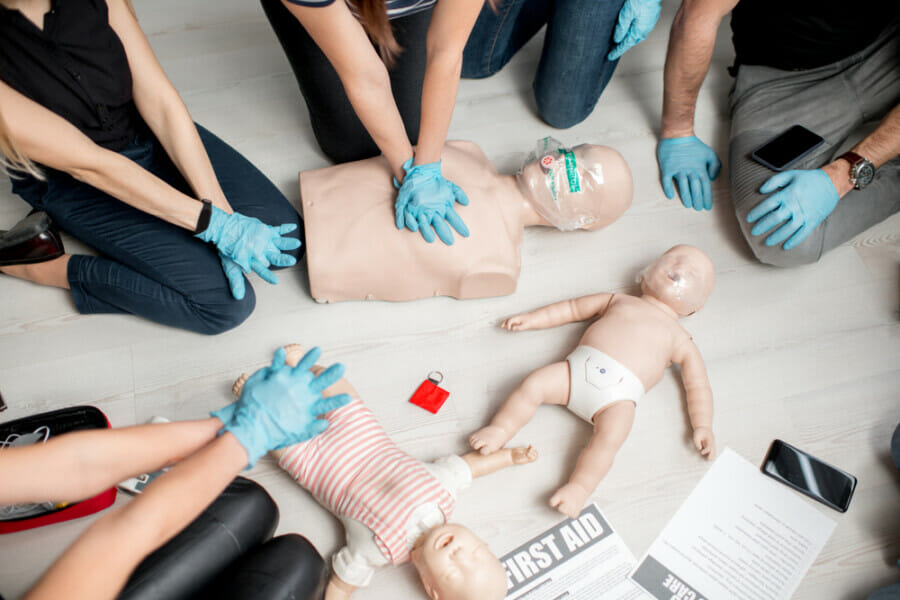All You Need To Know About CPR Training Kits
Practical training is crucial for students learning life-saving skills. It allows them to apply learned techniques in real-life situations with confidence. CPR training kits are essential tools that facilitate this type of training.
CPR, or cardiopulmonary resuscitation, is a procedure designed to save lives by providing rescue breaths and chest compressions to individuals experiencing cardiac arrest. These actions help circulate oxygenated blood throughout the body.
CPR training kits are used to simulate realistic CPR scenarios, enabling users to practice the correct depth, speed, and timing of chest compressions, as well as the proper technique for rescue breaths. Choosing the right CPR training kit is vital to effective training.
Today, there are various CPR kits available, each containing different types of manikins. However, not all kits are created equal. Understanding what to look for when selecting a CPR training kit will help you find the most suitable option for your training programs.
The Target Group And Its Composition
When choosing a CPR training kit, consider the patient group you aim to simulate – adults, children, or infants. Different age groups require specific resuscitation procedures.
Using a manikin that represents the targeted patient group is the most effective way to replicate diverse scenarios. Additionally, there are manikins available for scenarios like dragging exercises, choking incidents, and simulations involving obese individuals.
If the training sessions take place in multiple locations with various manikins, opt for lightweight and portable CPR kits. Using larger manikins for demonstrations and lighter torsos for practice can enhance training effectiveness, simplify transportation, and allow students to practice with ease.
Realistic Materials And Features
Differentiate between advanced and basic CPR manikins based on their materials and internal structures. These factors significantly impact how realistic the training feels to the student.
While all CPR manikins offer chest and airway resistance, models with a more realistic internal structure, like a sprung interior, provide a lifelike experience. Some manikins even have expanding stomachs to simulate improper breathing techniques.
Manikins made of durable materials like rubber-coated metal or soft plastic tend to last longer than those made of hard plastic. Ensure that the CPR manikin is latex-free to prevent allergic reactions in students.
Feedback And Measurement Options
Feedback is crucial in CPR training to enhance skills and ensure proper technique. Some manikins come with feedback devices like clickers or light indicators to provide real-time guidance on compression depth and rate.
Manikins with accessories or software that can connect to a computer offer more measurement, feedback, and customization options. While feedback devices aid in skill development, practicing without them can help students assess their proficiency independently.
Hygiene
Maintaining hygiene is essential when using CPR manikins to prevent infection transmission. Manufacturers incorporate various hygiene measures, such as disposable lung bags and barrier filters, to ensure cleanliness.
Regularly clean and sanitize the manikins and their components to prevent wear and tear. Replace worn-out materials promptly to maintain hygienic standards. Use suitable cleaning solutions and methods as recommended by the manufacturer.
Procedures
Choose a CPR manikin with features like chin lift, chest compression, pulse simulation, and stomach ventilation to practice basic life support skills effectively. Consider advanced manikins with additional features like intubation heads for practicing advanced life support techniques.
Evaluate the need for arms and legs in your manikin for more realistic training scenarios. Opt for additional accessories if required to enhance the training experience.
To Sum Up
Selecting the right CPR training kit is crucial for effective skill retention and training outcomes. Consider factors like the target audience, training environment, budget, portability, and feedback systems when choosing a CPR kit that meets your specific requirements.

















